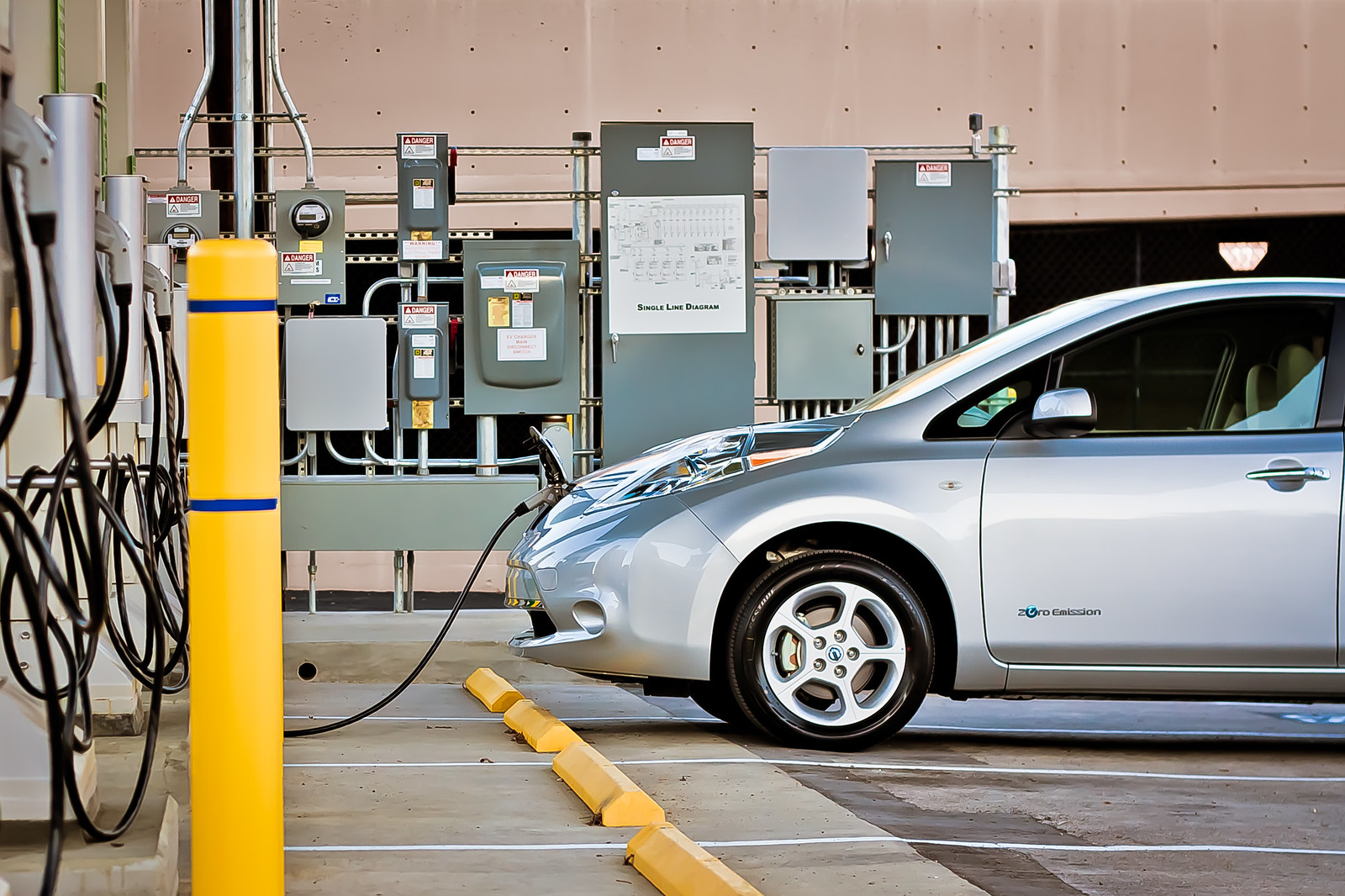Can you imagine a congressional bill that would enjoy the fervent support of both General Motors and the League of Conservation Voters? Ford Motor Company and the Union of Concerned Scientists? Nissan and the Natural Resources Defense Council?

It’s almost as unlikely as a bill being cosponsored by Senator Debbie Stabenow of Michigan, whom the National Journal dubbed one of the country’s most liberal senators in 2011, and Senator Lamar Alexander, who has represented the deep-red state of Tennessee since 2003.
And yet, believe it or not, there is such a bill: the Driving America Forward Act, introduced last week by the aforementioned senators and a small, bipartisan group of their legislative peers. If passed into law, it would protect and even expand the tax credits currently enjoyed by buyers of electric vehicles — tax credits that President Trump, as part of his 2020 budget, has pledged to end. (More on that in a minute.)
This bill is just one of a number of recent signs that the momentum for electric vehicles (EVs) is building toward something like cultural and economic inevitability. Another sign came in late March when Duke Energy, a literal powerhouse that provides electricity to more than seven million Americans throughout the Southeast and the Midwest, announced that it is planning to invest $76 million in EV infrastructure in its home state of North Carolina. This would in effect double the number of charging stations in the state. The plan is further evidence that utilities are recognizing that the market for EVs isn’t shrinking or even plateauing but growing — and they want in.
Americans purchased more than 360,000 EVs in 2018, representing an 81 percent increase in sales over the previous year. And while the number of EVs currently in the US fleet — about one million — is small relative to the number of gas-powered cars and trucks out there, auto industry forecasters, car companies, and utilities are much more focused on this degree of explosive growth. Analysts at J.P. Morgan predict that, at current rates, EVs will account for more than 38 percent of total US auto sales in 2025. And by 2030, according to a recent Edison Foundation report, there will be 18.7 million of them cleanly cruising down America’s roads.
Duke Energy has been looking at numbers like these and preparing for this rapidly maturing market. The same Edison Foundation report notes that we’ll require about 9.6 million charging stations to support the millions of EVs in our fleet by 2030. Less than three years ago, I was articulating a shared worry among those of us anxiously awaiting the EV revolution: What if we end up having lots and lots of electric cars on the road but not enough places to charge them? It looks like the question is finally being addressed — not just by regional utilities like Duke Energy but also by state governments that can clearly see what’s coming. In the past year alone, Michigan, Maryland, California, Colorado, Oregon, Missouri, and New Mexico have all passed laws designed to simplify, speed up, or otherwise promote the building of charging infrastructure within their borders. Lawmakers in Vermont, Illinois, Montana, and New Jersey aren’t far behind.
So let’s see: Carmakers, environmental groups, Republican senators, Democratic senators, utilities, and state governments are all on board here. Am I leaving anybody out?
Oh, wait . . . of course. I almost forgot. There’s one key player who has the ability to slow things down considerably, and who has so far shown a perverse interest in doing exactly that: Donald J. Trump. The president of the United States harbors a deep-seated if irrational animosity toward the electrification of our fleet, as evidenced by this interview on the Fox Business Network last December, in which he asserted — with plenty of bombast but no evidence — that “all-electric is not going to work.” In a rally two weeks ago, he mocked electric cars for their need to be refueled from time to time, which he apparently perceives as a weakness. (Has anyone told him that gas-powered cars also need to make regular stops for refueling?)
As stupid as it is, that’s just rhetoric. But to show he’s serious, the president has also proposed killing the $7,500 tax credit that EV purchasers currently enjoy on a wide class of eligible vehicles, claiming it would save the US government as much as $2.5 billion over the next 10 years. His chances of achieving this goal without the authorization of Congress are slim to none. But just to be safe — and perhaps to show the president just how out of step he is with the rest of the country — Senators Stabenow and Alexander and their colleagues introduced the Driving America Forward Act. If passed, it would not only preserve the credit for EV purchasers but actually raise the sales threshold for individual models beyond which the credits begin to phase out. (Currently, the credits start to phase out when an EV model’s sales surpass the 200,000 mark; the new law would triple the threshold to 600,000.)
In his characteristically delusional way, President Trump thinks he can stand in the way of electric vehicles and keep them from moving forward. But he’s not the authoritative traffic cop he imagines himself to be. He’s just a guy foolishly standing in the middle of traffic while automotive history rushes past him.
We don’t have a paywall because, as a nonprofit publication, our mission is to inform, educate and inspire action to protect our living world. Which is why we rely on readers like you for support. If you believe in the work we do, please consider making a tax-deductible year-end donation to our Green Journalism Fund.
Donate